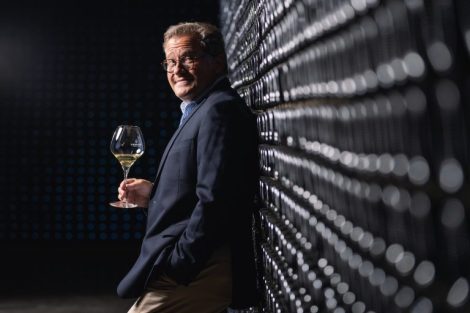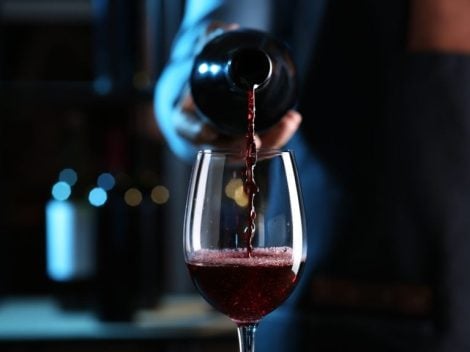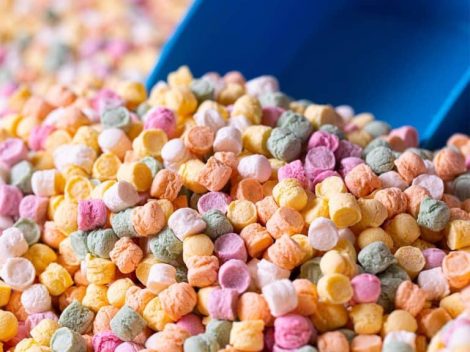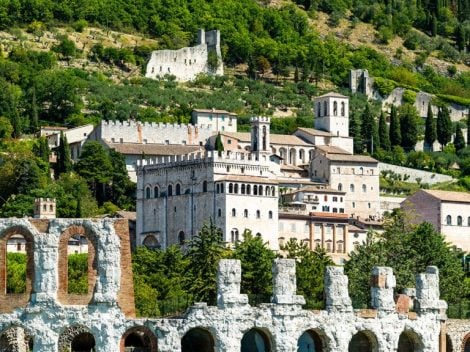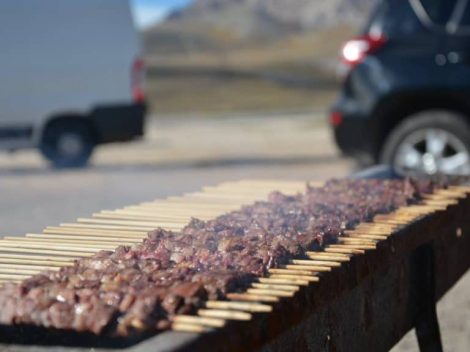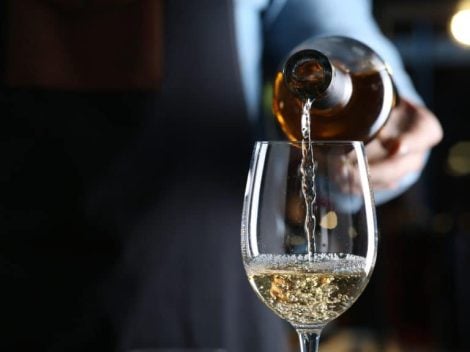In addition to aromatic grape varieties - whose grapes are rich in terpenes, substances present on the skin that give rise to characteristic aromas even before fermentation - there are also grape varieties called semi-aromatic: in this case, the presence of terpenes on the skin is lower, but the olfactory identity is still evident and can be traced back to the substances present in the pulp of the berries.
Among the semi-aromatic red berries, we find, in Piedmont, the ruchè, in the area of Castagnole Monferrato, unmistakable in its floral and spicy aromas. In Marche, on the other hand, there is the lacrima, mainly cultivated in the province of Ancona, where it has a dedicated designation, Lacrima di Morro d'Alba.
Here, we focus specifically on some of the best labels of the two grape varieties awarded with Tre Bicchieri or Due Bicchieri Rossi in the Gambero Rosso Guide Vini d'Italia 2024.

The Best Semi-Aromatic Wines between Ruchè from Castagnole Monferrato and Lacrima from Morro d'Alba
The Ruchè di Castagnole Monferrato Prevost 2022 by Fabrizia Caldera is a flagship of the category and a well-deserved Tre Bicchieri for the winery. On the nose, it is refined and complex, with scents of rose, licorice, and red fruits, and on the palate, it is full-bodied, harmonious, with a dense but also balanced and progressive tannic structure. The winery, founded in the early twentieth century by Prospero Caldera, is now in its fourth generation of winemakers; at the helm of the company is Fabrizia, assisted by her husband Roberto and son Fabio. The number of grape varieties in production has increased over the years, deepening the connection with the territory, from the rediscovery of ruchè, a particular semi-aromatic red grape variety, to barbera, produced in various versions, as well as dolcetto and grignolino, and among white grapes, chardonnay, cortese, viognier, and moscato.
The Ruchè di Castagnole Monferrato Laccento 2022 by Montalbera highlights scents of rose and wild red fruits on the nose, with a spiciness that adds complexity and character, while the palate is full and balanced.
The name of the Morando family, owners of Agricola Montalbera, is closely linked to that of Ruchè. The particular semi-aromatic red grape variety is undoubtedly the most important wine of the company, which also owns over half of the entire denomination. There are several interpretations, all clear and intriguing. However, it is not the only grape variety in the winery: grignolino, viognier, and barbera are also cultivated in the area, while in other estates, in Castiglione Tinella, the varieties produced include moscato, barbera, and chardonnay.
The Ruchè di Castagnole Monferrato Clàsic 2022 by Ferraris Agricola presents hints of rose, tobacco, and red fruit on the nose, while the palate is austere and of good density. Born in the '20s in Castagnole Monferrato, it was only in 2001 that the company structured itself as we know it today, becoming one of the first to focus on ruchè. Since then, several other estates have been added to the initial vineyard of Castello, reaching 34 hectares of vineyards. The winery was founded in the '20s in Castagnole Monferrato, but it was only in 1999 that it was structured as we know it today, thanks to the complete renewal carried out by Luca Ferraris. Since then, growth has been constant, and to the initial plot of Castello, others such as Casot, Bricco della Gioia, Montiò, San Giacomo, Dorati, Santa Eufemia, Mondiasene, and Montemagno have been added. The winery, among the first to focus on ruchè, with the collaboration of Randall Graham, also cultivates barbera, grignolino, viognier, and chardonnay.
The Lacrima di Morro d'Alba Sup. Orgiolo 2021 by Marotti Campi has slightly overripe fruity aromas and toasty echoes; the palate is round, with a smooth and compact impact, and a tight tannic structure. Lorenzo Marotti Campi has been in charge since the beginning, in 1999, of the family business. Over the years, it has become a true beacon in the small Lacrima denomination: the continuous exchange of ideas and experience with the cellar master Ivano Belardinelli and the winemaker Roberto Potentini, both with Lorenzo from the start, has yielded excellent expressive results. But the company also excels in the vinification of Verdicchio, the other dominant variety in the area, declined in several well-differentiated interpretations.
The Lacrima di Morro d'Alba Sup. Martalie 2019 is produced by Tenuta di Frà by Franziska Waldner and her family, who - in love with Marche and passionate about wine - decided to become producers by purchasing a company in Morro d'Alba. Gianluca Bartolucci and winemaker Pierluigi Lorenzetti are tasked with managing the nearly ten hectares, mostly planted with verdicchio and lacrima, with a few rows of montepulciano and Bordeaux grape varieties. The panoramic and well-equipped cellar has everything needed to create a brilliant range of modern territoriality.
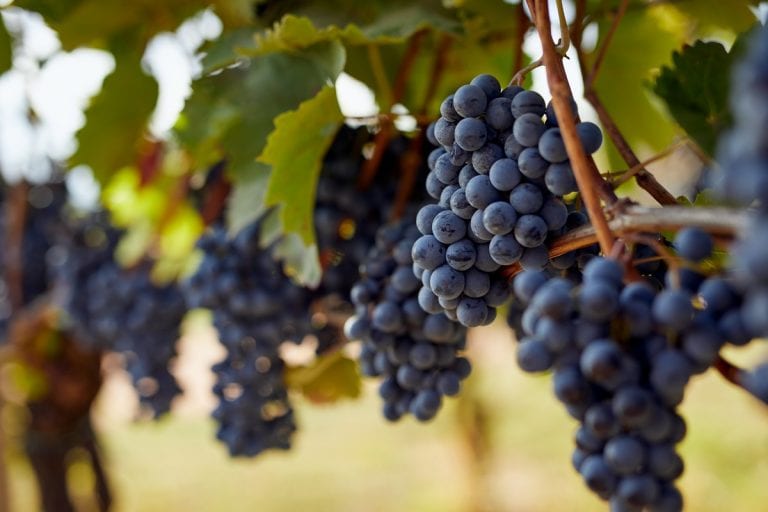
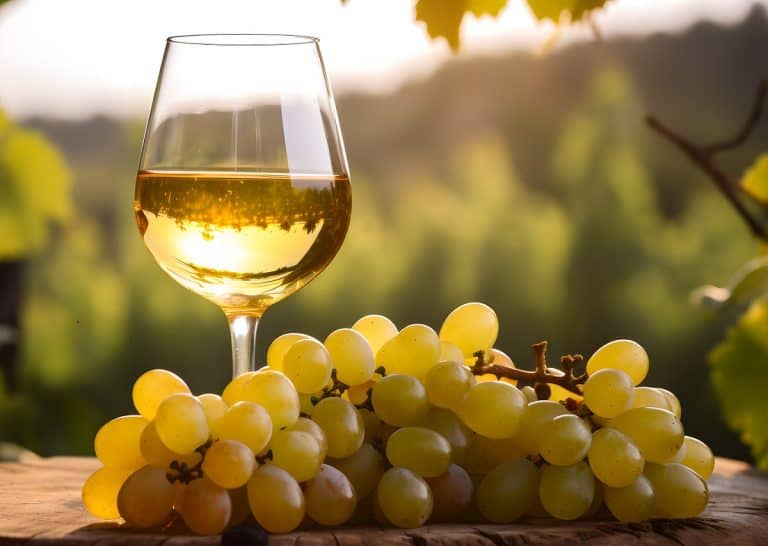 The 8 best Vitovska Wines from Friuli Venezia Giulia selected by Gambero Rosso
The 8 best Vitovska Wines from Friuli Venezia Giulia selected by Gambero Rosso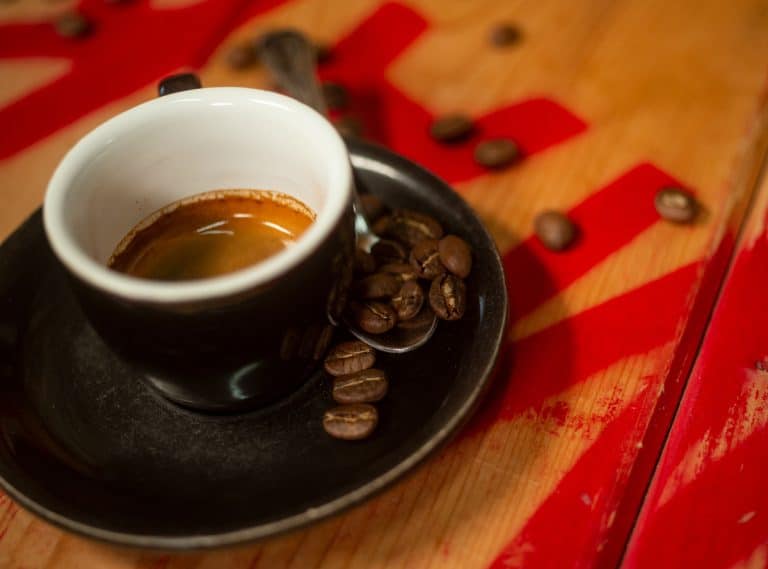 History of the hidden specialty coffee shop in an agricultural market in Rieti
History of the hidden specialty coffee shop in an agricultural market in Rieti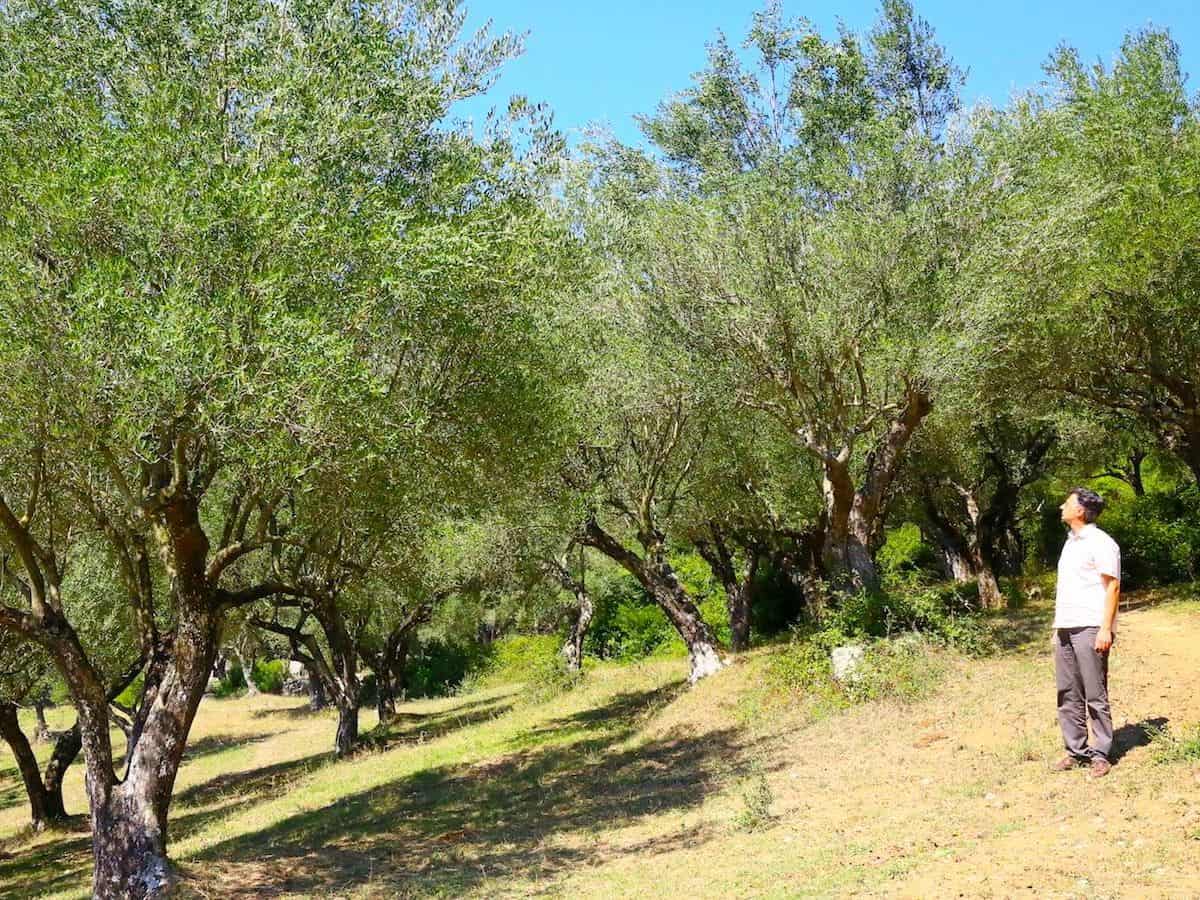 "For me, making olive oil is an act of pure selfishness." The story of the small olive press that has made Cilento great
"For me, making olive oil is an act of pure selfishness." The story of the small olive press that has made Cilento great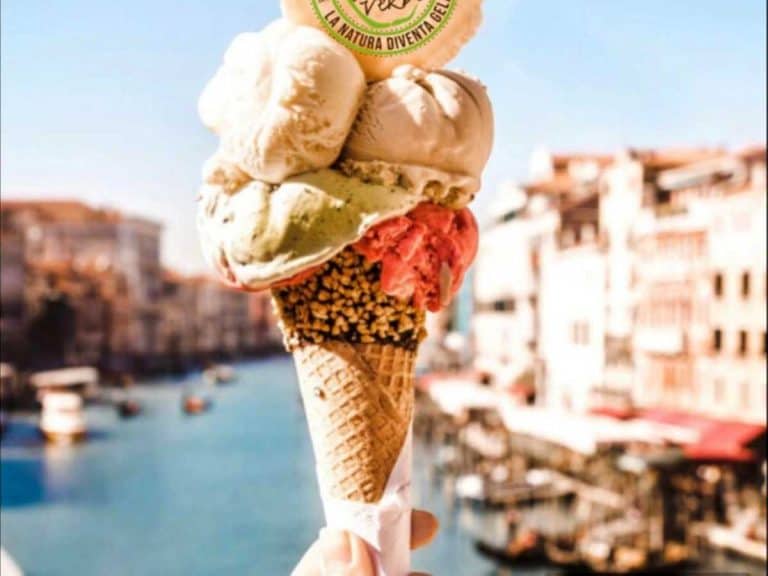 The best gelaterias in Venice chosen by Gambero Rosso
The best gelaterias in Venice chosen by Gambero Rosso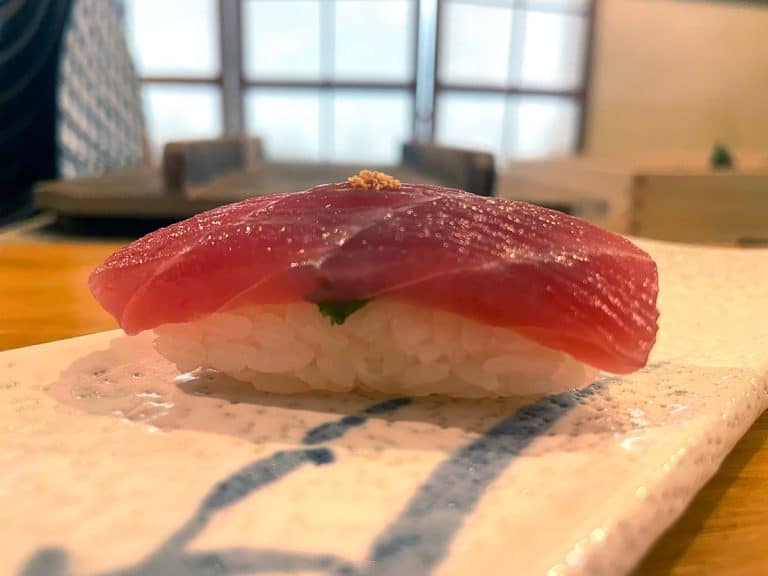 The small Japanese restaurant on the outskirts of Rome, perennially sold out
The small Japanese restaurant on the outskirts of Rome, perennially sold out